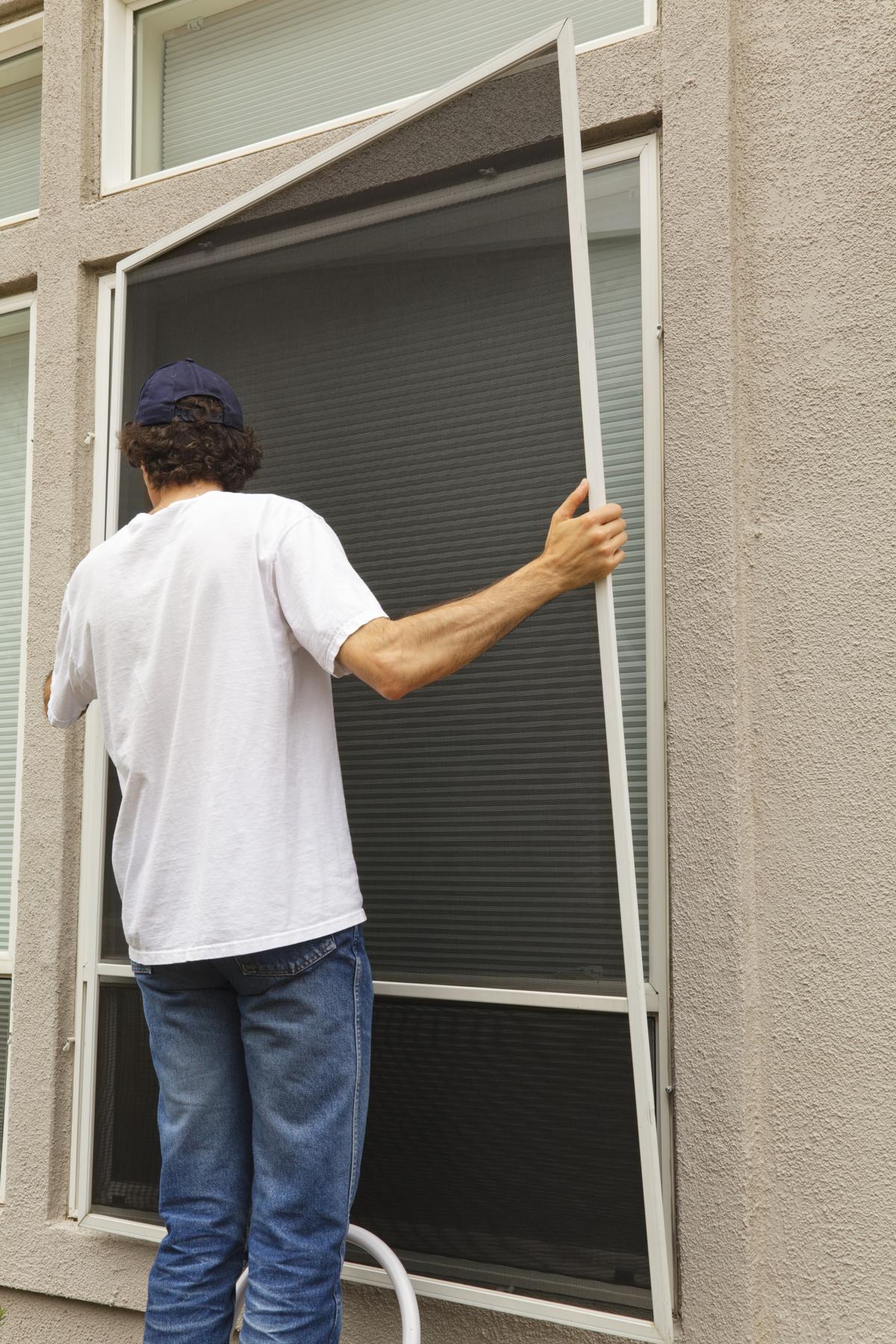

#ALTERNATIVES TO SOLAR SCREENS FOR WINDOWS INSTALL#
Includes everything you need to install a custom size solar screen on your home or building. The Twitchell Corporation, manufacturer of Textilene® screen fabrics, conducted research on their Textilene® 80 solar screen fabric and here are the results from the study. Customize your custom solar screens here.

The solar heat penetrates the window glass and is then free to emit throughout your home. Other window shadings such as indoor window films, drapes, shades, and blinds do not absorb, reflect, or block the solar rays before they pass through the glass. Phifer interior shading fabrics are durable. Textilene® solar screens effectively shade the glass and stop the heat before it hits the glass. Phifers interior shading fabrics, described here, offer exciting new alternatives to ordinary window fabrics. A study conducted by the Salt River Project reports, “Shaded windows can save up to 25% of the cost of air conditioning, when compared to unshaded windows”. Exterior solar screens are the most effective way to prevent this heat gain. Solar screens may block up to 90 of dangerous UV rays and reduce heat gain by up to 80. However, compared to solar screens, the tinted film may be more prone to peeling, cracking, or fading over time. Reducing heat gain is the key to lowering air conditioning costs during the summer months. Solar screens can be more expensive thus, tinted film is a more inexpensive alternative for some individuals. Windows are the primary source of heat gain and account for nearly half of the heat that enters your home. Solar screens can be more expensive thus, tinted film is a more inexpensive alternative for some individuals. Heat gain is the heat that enters your home through windows, walls, doors, and ceilings.


 0 kommentar(er)
0 kommentar(er)
